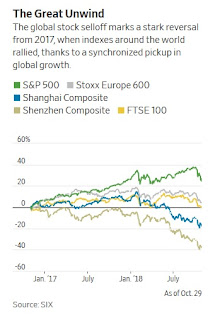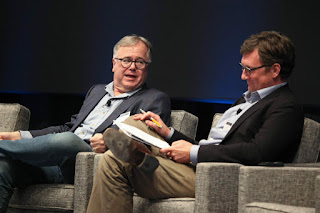The Danger of Cutting DB Pensions?

Diane Oakley, executive director of the National Institute on Retirement Security, a non-partisan research non-profit in Washington, D.C., wrote a great column for Forbes, The Dangerous Consequence Of Cutting Public Safety Pensions : Management consulting firm McKinsey reports that organizations that appear on “best places to work” lists often make the cut because their business strategy is premised on a long-term relationship with their employees. McKinsey credits companies for both the large and small signals sent to employees that an organization cares about its people. Valued by employers as a workforce management tool to recruit and retain talent, offering defined benefit (DB) pension benefits is one way that employers send a loud signal to employees that they are committed to a long-term relationship. The structure of a pension increases the financial value of a DB pension benefit over an employee’s career. This provides a meaningful incentive for employees to stay in thei





